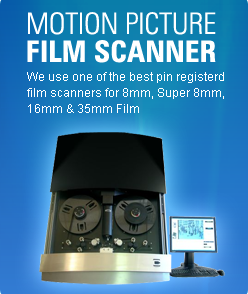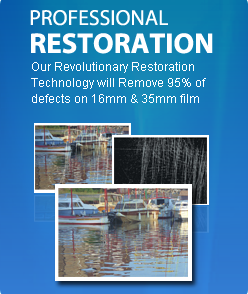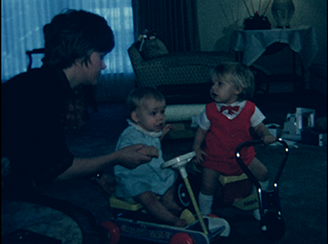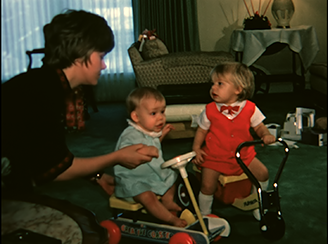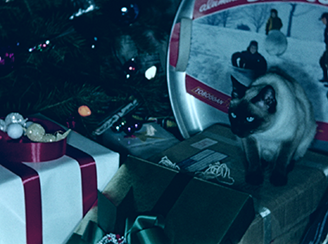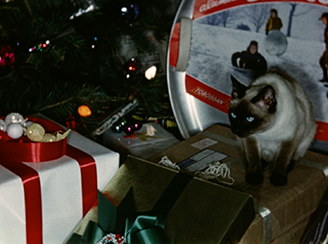
Pro Hollywood Restoration Arvada
We offer 3 restoration options. Color Correction, Grain Elimination and Stabilization Technology.
About 90% of our Arvada customers want the color correction and about 75% do the grain elimination. We do also offer image stabilization. It adds a nice touch to those old home movies.
Color correction is very important for amateur film because we will be able to recover more footage that was shot too dark or has darkened as part of the aging process. The scanner monitors the light and color balance and will change it based on pre-determined algorithms. This means it will pump more light through film that is dark and it will back off on film that is too bright. This will allow us to recover footage that would normally be too dark or too light. In addition, after the scan, an editor will go through the footage looking at skin tone and things like the color of the sky to order to make sure it looks correct. You can see in the examples below how much better the images look with our 2 pass color correction.
Grain is on all film. Look at the "Before" picture below compared to the "After" picture. These little dots muddy up the image and take away from the content you care most about. Now, look at the After picture on the right. This is what you really want to see. We do recommend Grain Elimination on all film for our Arvada customers.
Most amateur films have some stabilization issues just because of the way the film was shot. But, most people are used to seeing this on old movie film (See example video clip below). So, we see stabilization as a nice to have but not required. If you can afford to do it then we would recommend it. If it pushes you outside your budget then we would just recommend the Grain Elimination technology.
Super 8 Film Examples Arvada
|
|
Before |
After |
|
|
|
|
Before |
After |
16mm Film Examples
|
|
Before |
After |
|
|
|
|
16mm Before |
16mm After |
Arvada Fun Facts: The stream later became known as Ralston Creek and by 1859 other rich strikes in the same mountains led to the Colorado gold rush. An influx of gold miners led to a subsequent influx of farmers eager to irrigate the fertile soil and sell their crops to the prospectors. By 1870, a railroad appeared near the settlement and the new town of Arvada was formed, named by one of its early settlers (Mary Wadsworth) after her brother-in-law. Arvada was officially incorporated in 1904.
Colorado Fun Facts: Colorado, which joined the union as the 38th state in 1876, is America’s eighth largest state in terms of land mass. Located in the Rocky Mountain region of the western United States, the state’s abundant and varied natural resources attracted the ancient Pueblo peoples and, later, the Plains Indians. First explored by Europeans in the late 1500s (the Spanish referred to the region as “Colorado” for its red-colored earth), the area was ceded to the United States in 1848 with the Treaty of Guadalupe Hidalgo that ended the Mexican-American War (1846-48). In 1858, the discovery of gold in Colorado attracted new settlers.
